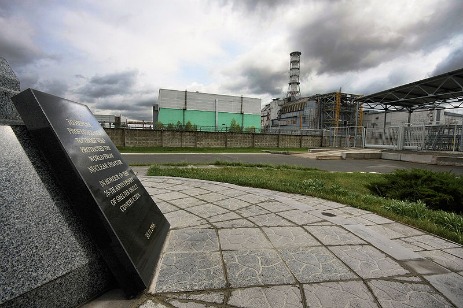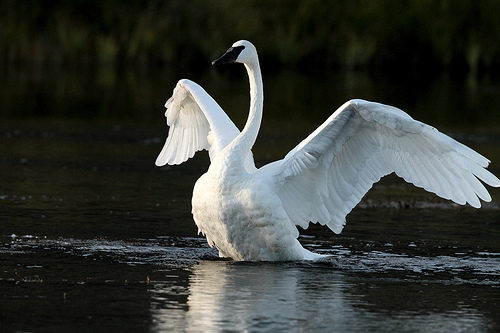A memorial rests in the shadow of the Chernobyl nuclear plant.Photo: Matti PaavonenThis piece was written by John Perlin.
As a visiting scholar last year at the Linz Institute for Organic Solar Cells, I met Valery N. Bliznyuk, a visiting professor at Linz and a permanent faculty member at Western Michigan University. His fascinating work in materials at molecular and nanotech levels includes work on polymer photovoltaics.
Over dinner, he told me he hailed from Kiev (or Kyiv in Ukrainian), and the subject of Chernobyl inevitably arose. And now, with the disaster at Fukushima dredging up memories of that meltdown 25 years ago, Bliznyuk’s recollections of being a scientist laboring in an informational black hole seemed particularly resonant.
Yes, he told me, as a young physicist he had lived through the 1986 disaster at the Ukrainian nuclear plant about 60 miles north of his hometown.
Bliznyuk’s personal knowledge of Chernobyl began in the most banal way. He first learned of the world’s greatest nuclear power disaster from a routine news broadcast, not a breaking bulletin. As part of the same nightly newscast on April 26,... Read more




